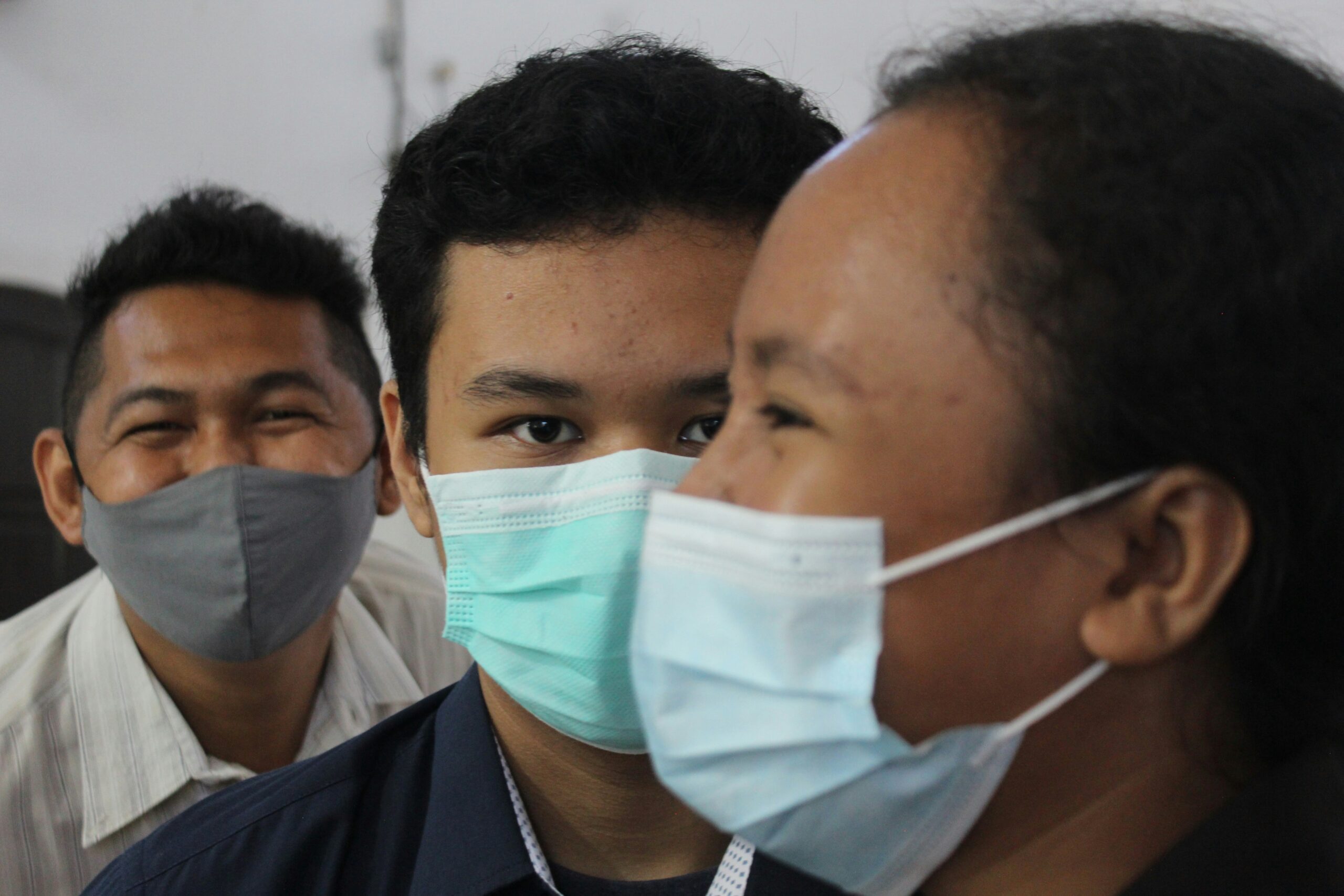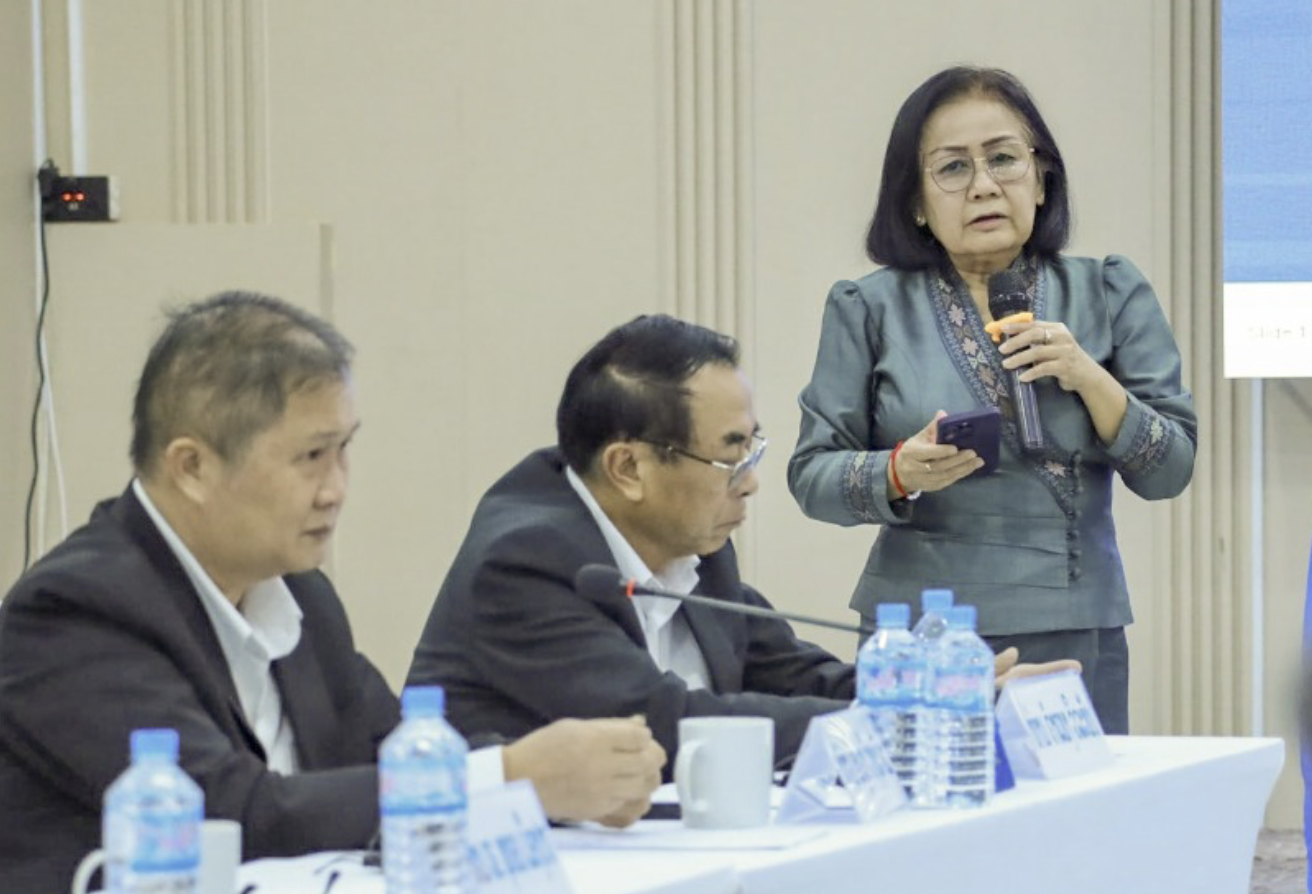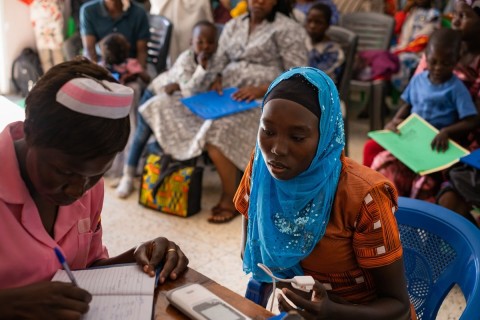Vietnam plans to offer free annual health checks for all citizens from 2026 to boost preventive care. The proposal, tied to Resolution 72, includes expanded insurance coverage, staff incentives, and flexible funding using state and employer contributions. Lawmakers...






